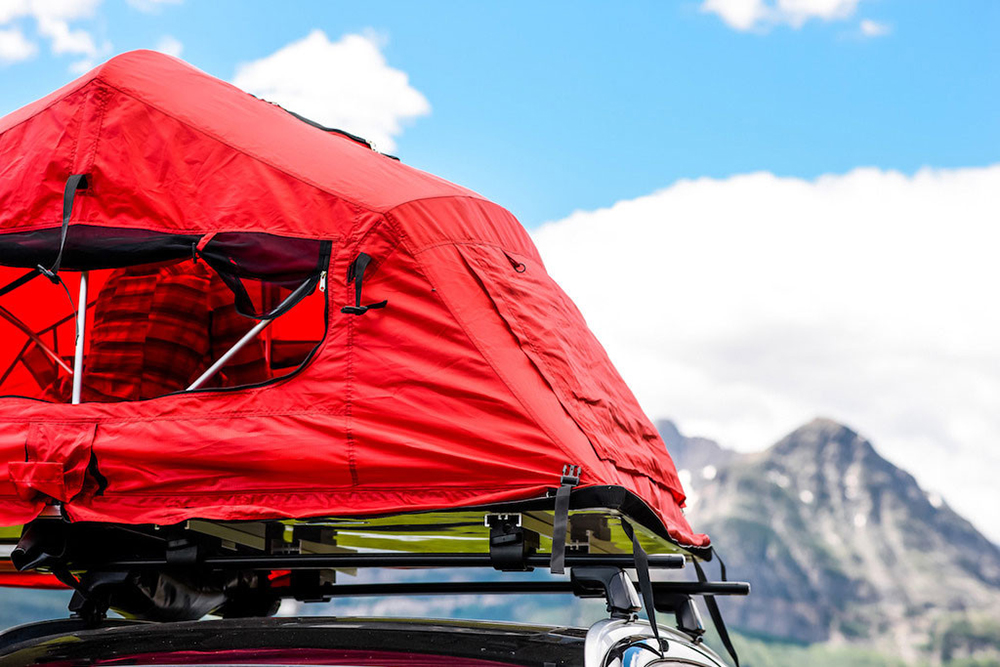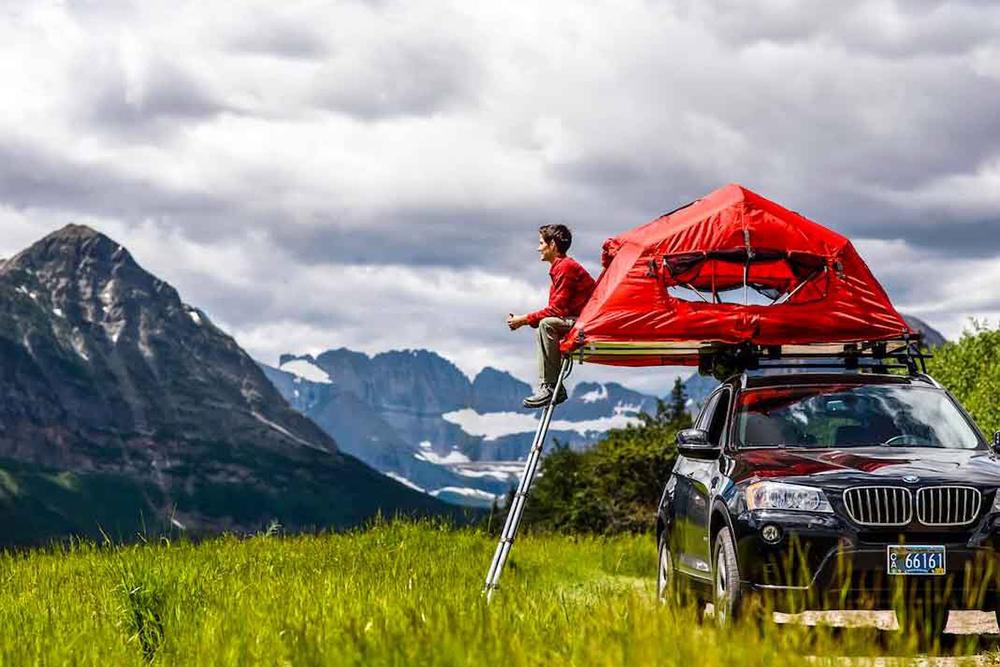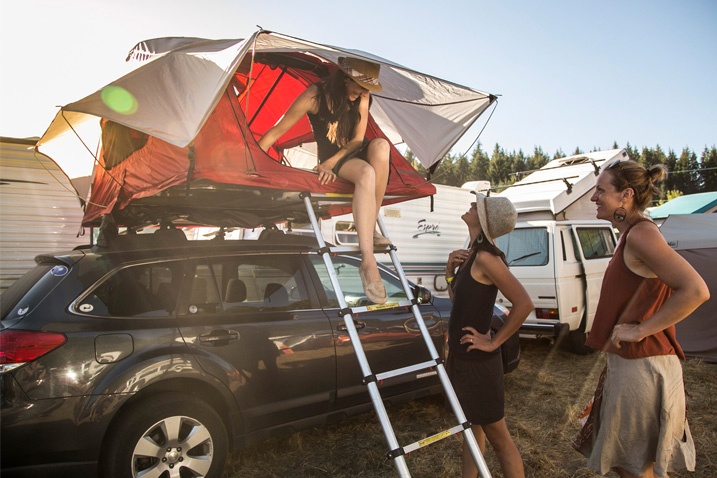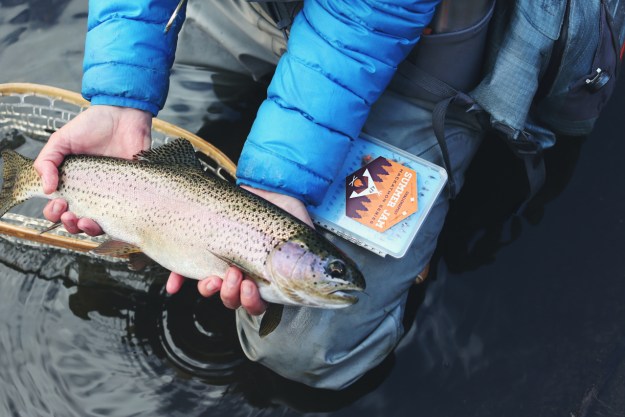Man isn’t meant to stay indoors — our weekly “Trekking” column can attest to that. It’s a column dedicated to the adventurer inside of all of us, the one pining to ditch the office humdrum for a quick surf session or seven-week jaunt in the Grand Tetons. One day we may highlight an ultra-light stove and the next a set of handmade canoe paddles. Life doesn’t just happen inside the workplace.
Every outdoor junkie wants a camper van — we get it. They’re the epitome of portability and convenience, even if they’re not quite as capable or luxurious as a dedicated RV. Nonetheless, they rarely come cheap. Perhaps that’s why rooftop tents — you know, the pop-up tents you strap to the top of your Jeep Cherokee before hitting the road — are becoming more popular among outdoor enthusiasts with each passing year. Expedience, it seems, is always in demand.
Yakima, a renowned rack-manufacturing stalwart, is just the latest company looking to elevate your sleeping quarters. The forthcoming SkyRise Rooftop Tent ($1,000+) comes in two sizes — one that accommodates three adults and one designed to comfortably sleep two — and requires no tools to install. The modern, lightweight tents utilize 210D ripstop nylon and are made to resist all types of weather thanks to their rugged DRW coating, ensuring you’ll stay dry regardless of where you wander. The medium and small models also weigh 105 and 95 pounds, respectively, meaning they’re up to 40 pounds lighter than the competition.
Inside, you’ll find a built-in, 2.5-inch foam mattress and overhead ventilation panels that help with airflow and provide elevated views of the surrounding region. It doesn’t take much to enjoy said views either, given the SkyRise’s entire setup process takes about a minute. Simply remove the weather-resistant cover, unfold the tent, and drop the affixed aluminum ladder. When in transit, the unit folds into itself, allowing for a low-profile when on the road. Just don’t forget to fill the tank.
Both SkyRise models are slated for release in early 2017. Sign up with Yakima for further details.





